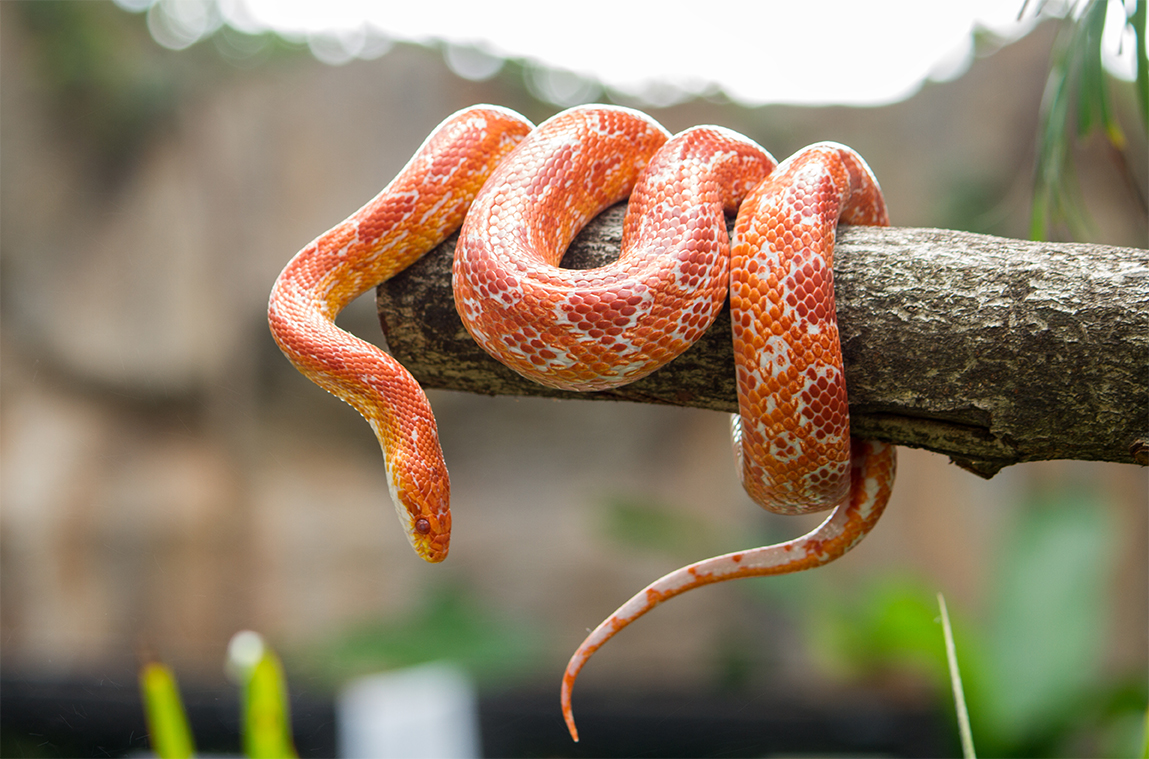
Récemment, j'ai commencé à étudier le langage de programmation Rust, et depuis que j'apprends un nouveau langage, j'en fais
«Snake», j'ai décidé de le faire.
Pour les graphiques 3D, la bibliothèque
Three.rs a été
utilisée, qui est un port de la bibliothèque Three.js
→
Code→
Téléchargez et jouezCode de jeu extern crate rand; extern crate three; extern crate bincode; extern crate serde; #[macro_use] extern crate serde_derive;
En plus de Three.rs, j'ai également considéré
Piston , un ensemble de bibliothèques pour créer des jeux, et
Ametist , un moteur de jeu. J'ai choisi Three.rs car il me semblait le plus simple et le plus adapté au prototypage.
Malheureusement, dans le cadre de ce jeu, il n'a pas été possible de ressentir les flux et de travailler avec le réseau. Je vais l'essayer sur le prochain projet. Jusqu'à présent, j'aime la langue et travailler avec elle est un plaisir. Je serais reconnaissant de bons conseils et de critiques constructives.